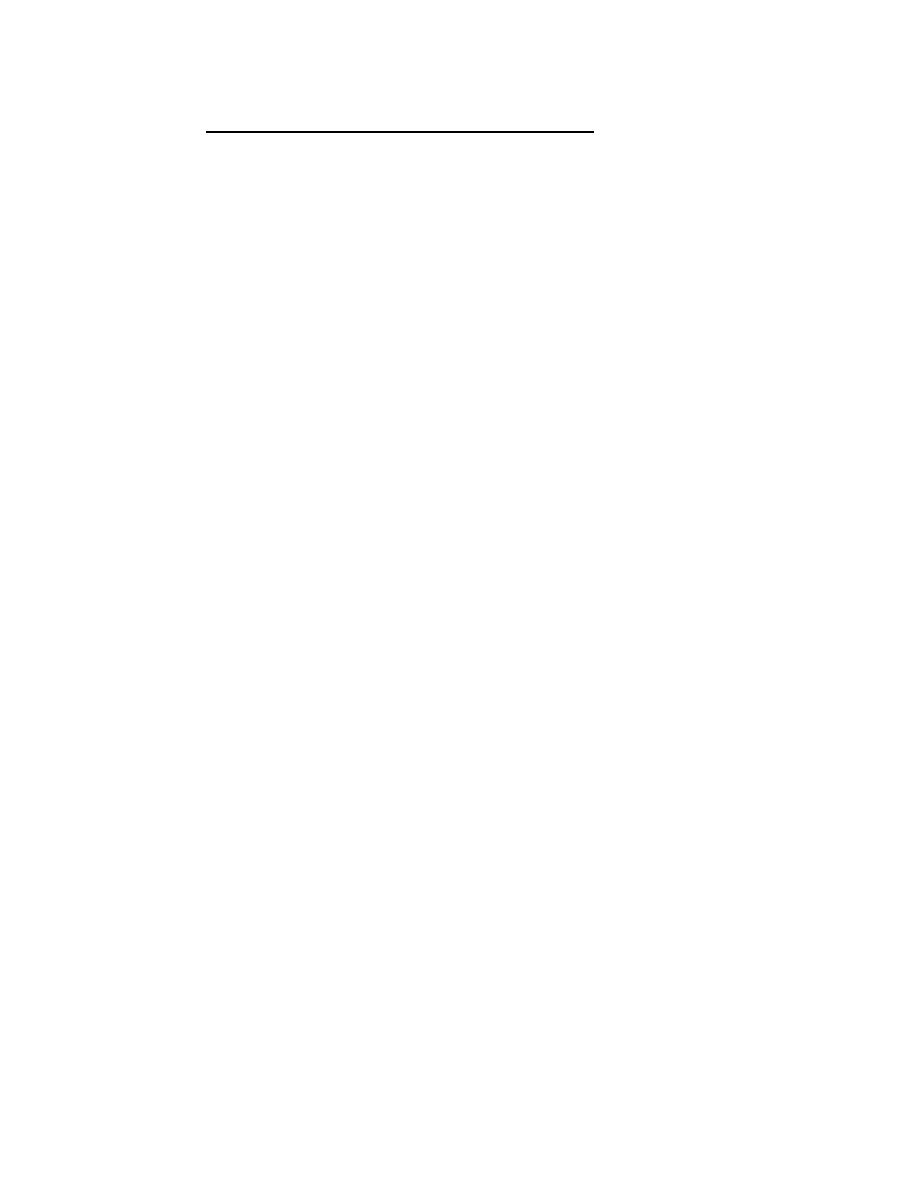
MIL-HDBK-1004/10
Control of Interference - Resistive Bonding. Direct bonding is
5.2.1.4
often not desirable either because the existing cathodic protection system
cannot supply enough current to protect both structures, or the foreign
structure is not owned by the same organization as the one supplying the
current and reducing the current flowing to the foreign structure to minimum
levels is desired. In this case, a resistive bond is installed between the
structures and adjusted to supply only the correct amount of current to the
foreign structure to bring its potential to the same level as it would have
been without the protected structure in the vicinity. Figure 25 shows such an
installation and Figure 26 shows the potentials measured on both structures.
Test stations are normally installed where resistive bonds are used in order
to facilitate testing of the corrective action and adjustment of the resistor.
The resistor may either be a commercially supplied wire wound adjustable
resistor of the proper resistance and current rating or may be fabricated from
nichrome resistance wire cut to suitable length in the field and wound into a
coil.
Figure 25
Correction of Interference - Resistive Bonding
Adjustment of the resistor to correct the interference is
determined by installing a temporary resistive bond and measuring the current
through the resistor and the changes in potential achieved by the temporary
bonding. The correct value for the bond current can be approximated from
these measurements by using the following formula:
>Et/Id
>Er/It
(>Er x Id)/>Et
=
and
It
=
(8)
EQUATION:
where
It
=
correct value of bond current
Id
=
current through temporary bond
>Er
=
E fn - E fr = change in potential required to clear
interference
>Et
= E fn - E frd = change in potential caused by temporary bond
E fn = natural potential of foreign structure
E fr = potential of foreign structure with no bond
E frd = potential of foreign structure with temporary bond
45


 Previous Page
Previous Page
